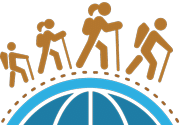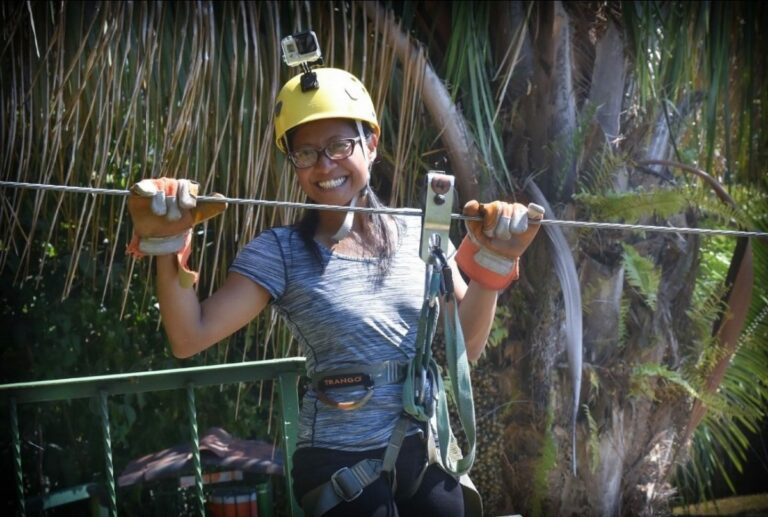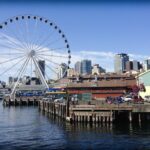Historical Walking Tour of Seattle: Underground Tour
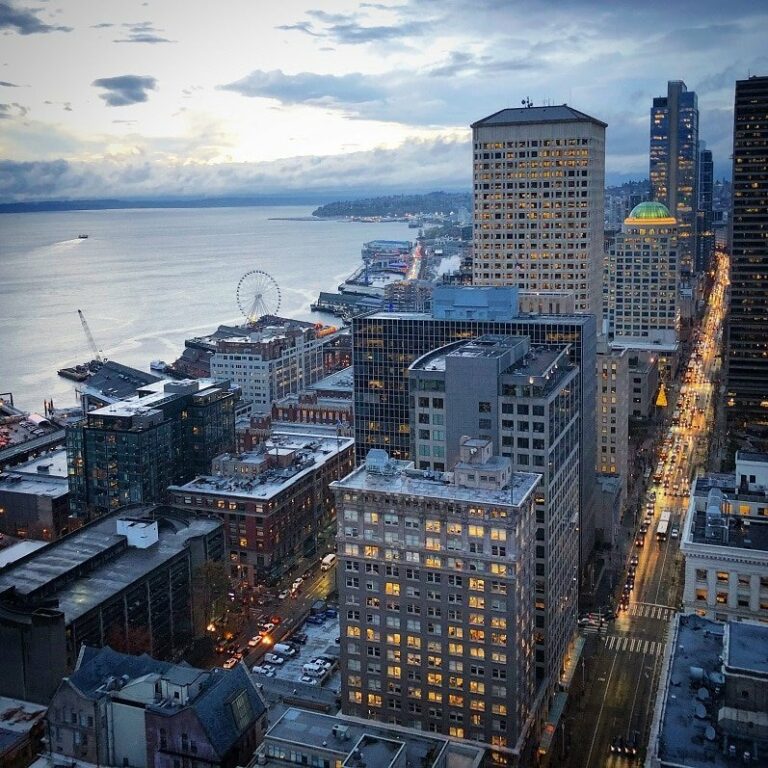
For families visiting Seattle, Washington and looking for activities in Seattle for families, taking a walking tour of Seattle is a must. The city is extremely walkable. This is especially true in the South Lake Union and downtown areas. And if you're interested in learning about the history of the city, taking a walking tour of Seattle through the Underground Tour is not to be missed.
I'm not much of a history buff. But I do like to learn about the stories behind the places I visit.
We like taking walking tours as a family because they help us learn and bond as a family. We’ve done walking tours in Mexico and England. And we’ve certainly done it in Seattle.
Even after living in Seattle for over thirteen years, I still love learning about Seattle history. That's why we couldn't pass up on the opportunity to take the Underground Tour, during our last few days in Seattle in July 2018.
This post was updated on May 9, 2020.
This post may contain affiliate links. That means I may receive a small commission if you click on the link and purchase something. But don't worry, this will not result in any extra costs to you.

Taking a walking tour of Seattle with the Underground Tour
Bill Speidel's Underground Tour is located in the historic Pioneer Square District. This 75 minute walking tour of Seattle takes you through the city's history from the time of its establishment to the height of the Goldrush years. The tour literally dives you into the streets of Seattle to discover the stories that lay underneath.
Tours are conducted every day, on the hour from 9am to 7pm during the months of April through September. During the months of October through March, the hours are 10am to 6pm. Tickets for the tour cost $22 for adults, $20 for students between ages 13-17, and $10 for youths between ages 7-12. Children aged 6 and under are free, but keep in mind there is a lot of walking on the tour, as well as a lot of standing still and listening to the guide.
Get to know Seattle more. Read my Seattle posts here.

Exploring historic Pioneer Square on our walking tour of Seattle
We took our tour on a Thursday evening, while people in the many offices of downtown Seattle were beginning their commute home. My husband's cousin, Leila, who was a guide with the Underground Tour at the time, lead our tour group. (Note, Leila no longer works for the Underground Tour.)
The walking tour of Seattle begins at Doc Maynard's Public House. On the day of our tour, we head upstairs, where rows of chairs and benches are set up in front of a small stage. Behind the stage is a window overlooking Pioneer Square.
I love the streets and buildings of Pioneer Square. Even if you don't take the Underground Tour, you can still see so much of Seattle history, just by doing your own walking tour of Seattle through the streets of this neighborhood!
Many of the buildings of Pioneer Square were built in the late 1800's. The city completely rebuilt itself after the Great Seattle Fire of 1889, when a fire from a glue pot in a carpentry shop ended up burning down 25 city blocks. Rebuilding with stone instead of wood, many of the buildings in the city have endured the test of time.
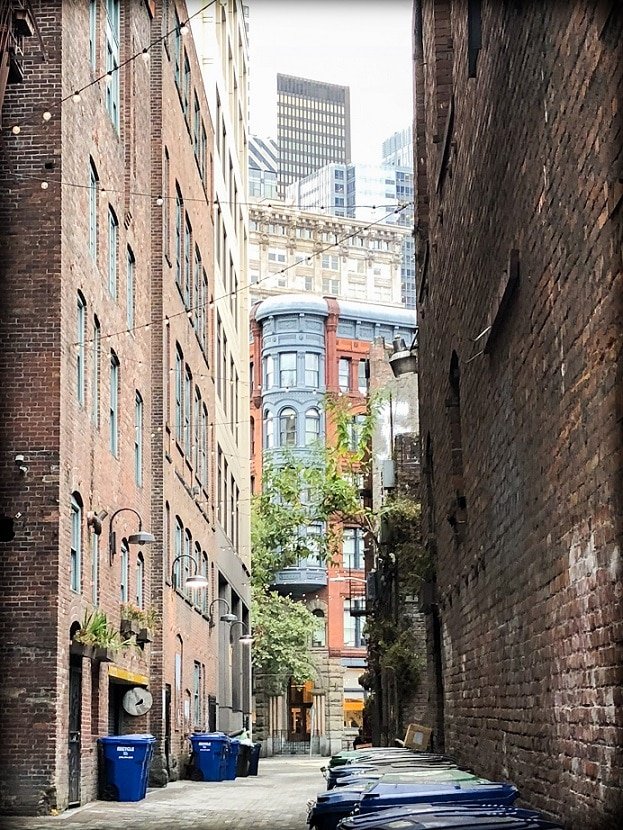
The rebuilding of a city
During our walking tour of Seattle, Leila covers a lot of Seattle history, sprinkling in plenty of humor and commentary to make the story interesting. She describes the ill-conceived decision by the city's founders, the Denny Party, to establish a city on Elliott Bay, where high tides would flood the streets of Seattle twice a day.
When the city was rebuilt after the Great Fire, Leila explains, city leaders decided to build everything two stories higher than before (known in Seattle history as the Regrade). This is to prevent future flooding of the streets.
Since the rebuilding of the city would take over ten years to complete, downtown businesses built their buildings with two entrances, one at the original level (so that people could still do business during the Regrade) and one two stories above, at the new Regrade level. And thus, the Seattle Underground was born.

A glimpse into the past
After the introduction, Leila leads us down into the streets of the Underground, where parts of Seattle history have been preserved. It's like taking a glimpse into the past, during Seattle's early years. We walk into a room of an old saloon, walk past old building facades, see how Seattle's sidewalks had been built overhead, and examine relics of the past laying around in the corners and nooks of the Undergound.
Bill Speidel, we learn, was a reporter who had learned about Seattle's Underground during his reporting years. He eventually created the Underground Tour in 1965 as a byproduct of a campaign to preserve Seattle history. At the time, many people didn't even know of the Underground's existence. Speidel even wrote a book about Seattle history, called Sons of the Profits, which is still in print today.

A city built on the backs of women
One of the most interesting tidbits of Seattle history that I learn from the tour is the influential role that women played in creating Seattle. At the time of the city's creation, Seattle was a mainly male-dominated town. The Donation of Land Claim Act of 1850 encouraged men to settle in the Pacific Northwest (sadly, this act did not apply to women!). As a result, many men came to Seattle. The first census conducted in Seattle, Leila tells us, showed a ratio of men to women at 50:1.
You can imagine what such a high ratio of men to women might lead to. As economic theory postulates, supply will eventually rise to meet demand. Many brothels popped up during that time, and the women who worked in those brothels made quite a considerable sum of money. Since brothels, and their associated activities were illegal, these women would claim to be "seamstresses" as a way to get around the law.
One such woman was Dorothea Georgine Emile Ohben, known to the public as Madame Lou. She was a brothel owner whose business was so successful, she eventually began to expand into landownership and business loans. Though one of her lasting legacies was her contributions to education in Seattle, sadly, her story is missing from many of the books on Seattle history. It seems, history is still often his-story.
Enjoy walking tours? Read about this fun walking tour in Venice!
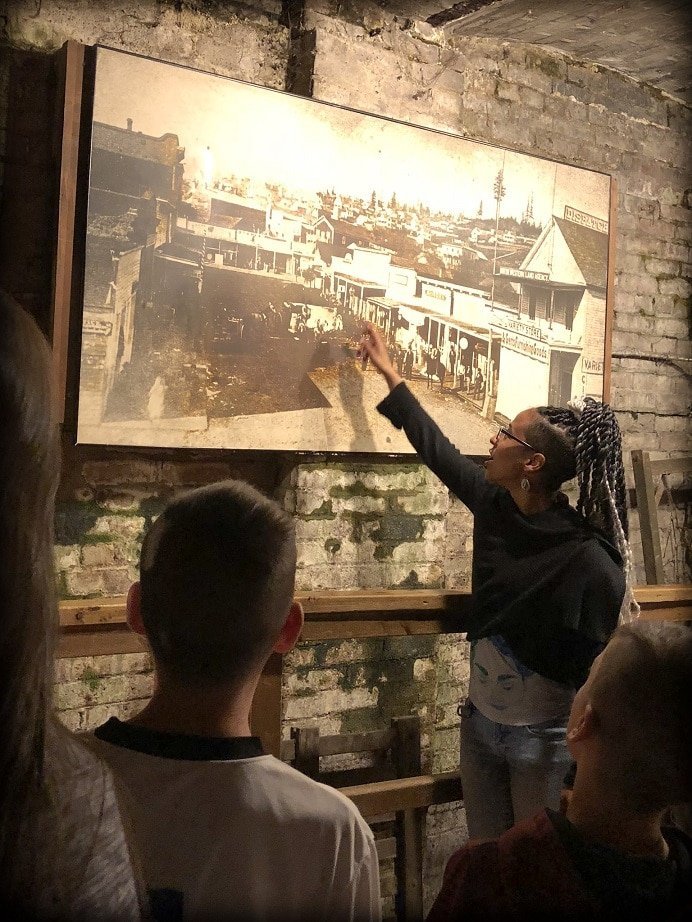
A different perspective on Seattle history
The Underground Tour is by far one of my favorite tours in Seattle. It's not just because it's quirky and fun walking tour of Seattle. It's also because it provides visitors with a different perspective on Seattle history. When we come to a place, it's not enough to just see the sights and check it off a list. If we want to practice responsible travel, it's important to take some time and dig down into the roots of a city. In Seattle, those roots are literally underground.
Have you taken walking tour of Seattle with the Underground Tour? Tell me what you love best about Seattle history!
Disclosure: My family and I received complimentary admission to the Underground Tour. However, the opinions published in this post are completely my own.
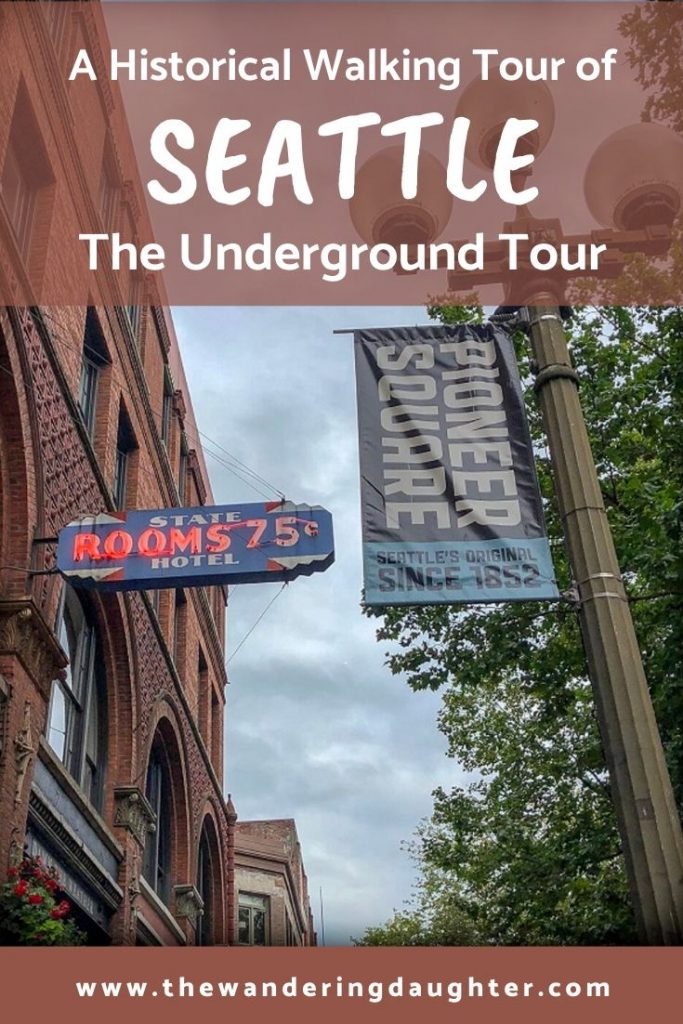
Need help thinking through how to budget for a family trip? My Travel Budget Worksheet is just the tool you need! Click here to receive your free copy by signing up for my newsletter.
Want to connect with me on social media? Find me on Facebook, Instagram, Pinterest, and Twitter. And for those of you who are dedicated to traveling more responsibly, sustainably, and ethically, join over 200 like-minded families on my Facebook group, Responsible Family Travel.
